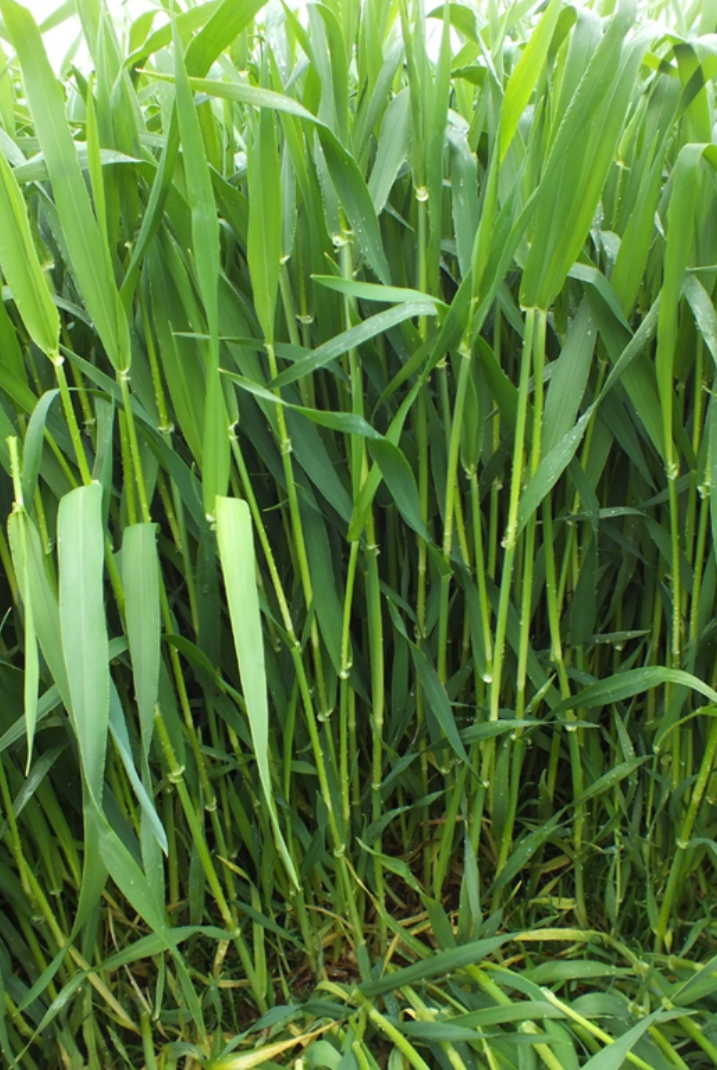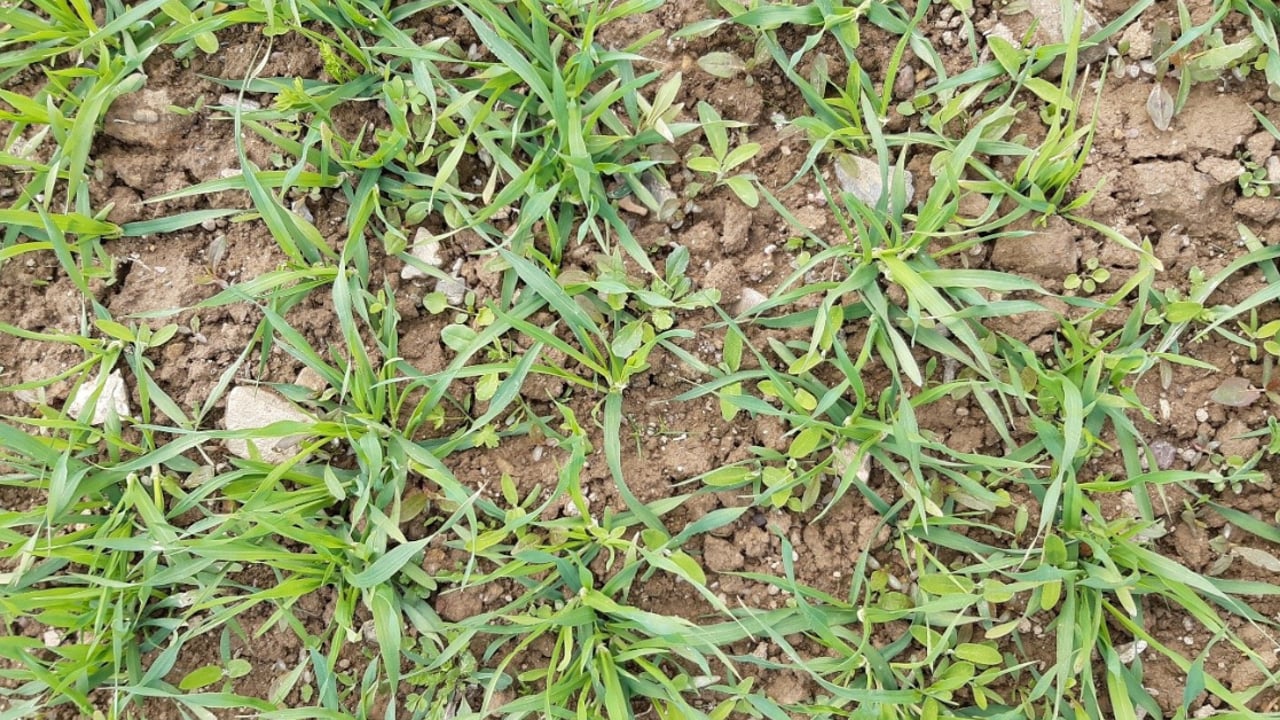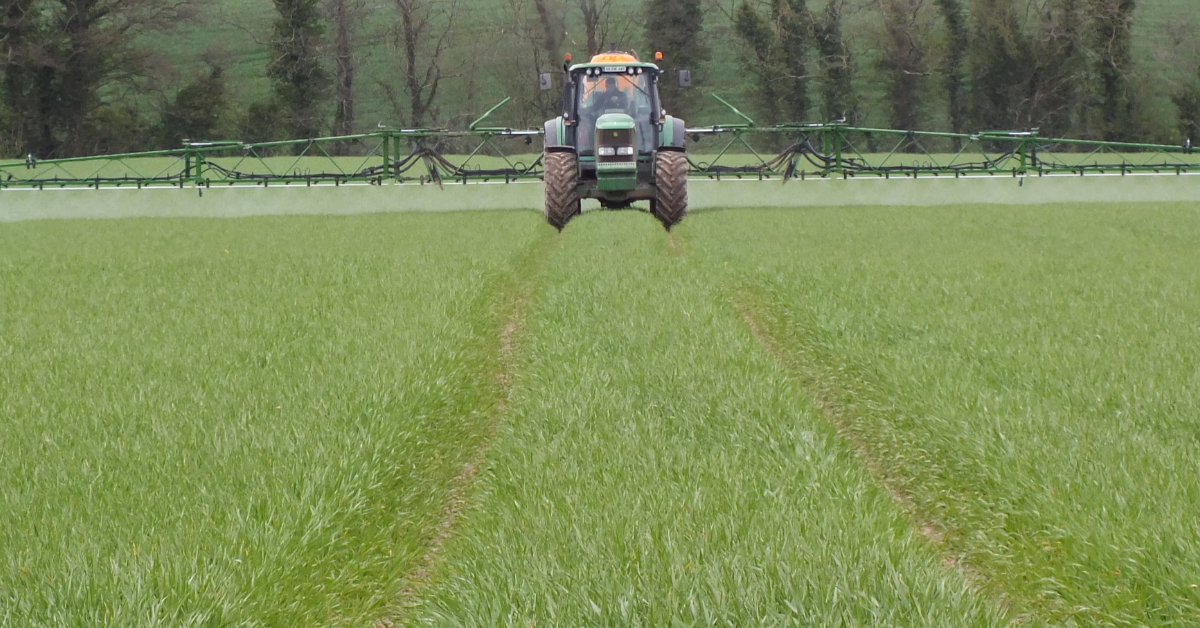Sponsored Article
Sponsored Article
Earlier is better for wild oats and canary grass control
Sponsored Article
Be early and be accurate – that’s the message from Syngenta’s Tom Gartland when offering best use advice for control of wild oats and canary grass in spring cereals, with Axial Pro.
“If the crop is fully established and beginning to tiller, then the grass weeds are usually not far behind,” he said.
“I regularly speak to growers who worry that not all wild oats or canary grass has emerged when planning to combine Axial Pro with their broadleaf weed treatment.
“In my experience that is not the case. At Syngenta, we are happy to recommend Axial Pro with broadleaf weed herbicides and we find it gives excellent and consistent results.
“Of course, you must be careful to not tank mix with hormone weedkillers and to use the full recommended rate of Axial Pro for the target weed which is 0.6L/ha for wild oats and 0.8L/ha for canary grass,” he stressed.
“The biggest issue with delaying application is getting the Axial Pro down through the crop canopy and on to the grass weeds. It’s not enough to hit the main stem of the wild oats, ideally product should reach the established and emerging tillers,” he added.

“If you get the timing and dose rates right, then it’s just down to the spraying,” said Tom.
“Drift reducing nozzles, except the very coarse nozzles, are best for Axial Pro. Keep the pressure between two and three bar. The boom should be 50cm above the crop and don’t be tempted to travel at speed,” he added.
Syngenta does not recommend forward speed above 12km/hr with Axial Pro for two reasons:
- Boom stability is important for an even application;
- Grass weeds are upright and difficult to target and it has been proven that better weed coverage is achieved at slower forward speeds.
The final consideration is, of course, the weather. All herbicides are more effective when applied to an actively growing weed.
“Avoid spraying if the crop and the target weed are stressed due to drought, waterlogging or nutrient deficiency,” Tom concluded.
An actively growing weed absorbs the herbicide quickly, leading to faster and more complete control.
For further information on spraying and crop solutions, click here.
Sponsored Article






